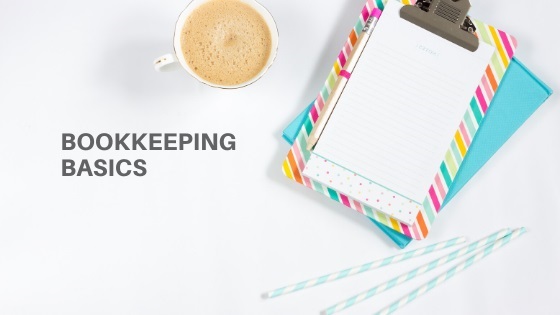
Setting up bookkeeping for your business is an essential step towards financial success. What you need to set up bookkeeping for your business Managing your AP helps ensure you pay your bills on time and avoid late fees or damage to your credit score. As well as set efficient credit terms for your customers.Īccounts payable is what you owe to creditors for goods or services received but not yet paid for. Tracking your A/R, usually with an aging report, can help you avoid issues with collecting payments. It’s important to track your A/R to ensure you receive payment from your customers on time. The value of inventory can significantly impact a company's financial statements, so accurate tracking and management is vital.Īccounts receivable (A/R) is the money your customers owe you for products or services they bought but have not yet paid for.

Inventory is the stock of goods a business has on hand or in transit, waiting to be sold. Current assets include cash, accounts receivable, inventory, and prepaid expenses. Your company’s assets are what it owns and are usually broken down into two categories-current assets and fixed assets. This shows that the company's inventory increases, but its cash account decreases. This system provides a more accurate picture of a business's financial health and helps identify errors in recordkeeping.įor example, when a company purchases inventory on credit, they debit their inventory account and credit their accounts payable account. This accounting method is useful for businesses with inventory or accounts payable and receivable.ĭouble-entry bookkeeping is a system where each transaction is recorded in two accounts-a debit account and a credit account.

The accrual accounting method records financial transactions when they occur rather than when cash exchanges hands.Īccrual accounting provides a more accurate picture of a business's financial health, as it considers all of the financial transactions for a given period. One of the most popular accounting methods is accrual accounting. If you have accounting software, it will manage your ledger for you. In particular, all your accounts and transactions. Your accounting ledger serves as the hub for all your financial information. It’s the foundation of any business's financial recordkeeping. Note that certain companies, such as those in service-based industries, may not have a lot of equity or may have negative equity.Īn accounting ledger is a book or system you use for recording and classifying financial transactions. Generally, if your assets are greater than your liabilities, your business is financially stable.

The accounting equation is:Įquity = Total assets - total liabilities This accounting formula ensures that the balance sheet remains balanced and accurate. The accounting equation is the relationship between a business's assets, liabilities, and equity. Here are seven bookkeeping terms you need to know: While bookkeeping may seem daunting, understanding a few basic concepts can help you get started. A bookkeeper records and organizes financial transactions to ensure accurate reporting of your business's income and expenses. Bookkeeping is a critical part of managing your business's financial health.


 0 kommentar(er)
0 kommentar(er)
